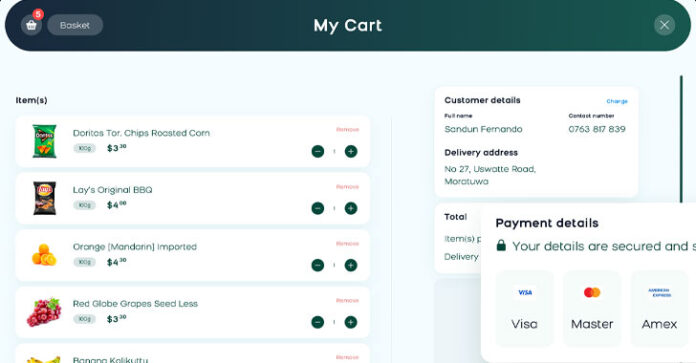In what’s one of the most imaginative hacking efforts, cybercrime posses are currently concealing noxious code inserts in the metadata of picture documents to secretively take installment card data entered by guests on the hacked sites.
“We discovered skimming code covered up inside the metadata of a picture document (a type of steganography) and secretly stacked by undermined online stores,” Malwarebytes scientists said a week ago.
“This plan would not be finished without one more intriguing variety to exfiltrate taken Visa information. Indeed, crooks utilized the camouflage of a picture record to gather their plunder.”
The developing strategy of the activity, broadly known as web skimming or a Magecart assault, comes as awful entertainers are finding various approaches to infuse JavaScript contents, including misconfigured AWS S3 information stockpiling cans and abusing content security strategy to transmit information to a Google Analytics account under their influence.
Utilizing Steganography to Hide Skimmer Code in EXIF
Putting money on the developing pattern of internet shopping, these assaults regularly work by embeddings malignant code into an undermined webpage, which clandestinely gathers and sends client entered information to a cybercriminal’s server, therefore giving them access to customers’ installment data.
picture metadata
In this week-old battle, the cybersecurity firm found that the skimmer was not just found on an online store running the WooCommerce WordPress module however was contained in the EXIF (short for Exchangeable Image File Format) metadata for a dubious space’s (cddn.site) favicon picture.
Each picture comes inserted with data about the picture itself, for example, the camera maker and model, date and time the photograph was taken, the area, goals, and camera settings, among different subtleties.
Utilizing this EXIF information, the programmers executed a bit of JavaScript that was covered in the “Copyright” field of the favicon picture.
“Likewise with different skimmers, this one additionally gets the substance of the information fields where online customers are entering their name, charging address, and Visa subtleties,” the specialists said.
Beside encoding the caught data utilizing the Base64 group and turning around the yield string, the taken information is transmitted as a picture document to disguise the exfiltration procedure.
Expressing the activity may be the workmanship of Magecart Group 9, Malwarebytes included the JavaScript code for the skimmer is jumbled utilizing the WiseLoop PHP JS Obfuscator library.
javascript web skimmer
This isn’t the first run through Magecart bunches have utilized pictures as assault vectors to bargain internet business sites. Back in May, a few hacked sites were watched stacking a noxious favicon on their checkout pages and along these lines supplanting the real online installment structures with a deceitful substitute that took client card subtleties.
Mishandling DNS Protocol to Exfiltrate Data from the Browser
In any case, information taking assaults don’t need to be fundamentally restricted to pernicious skimmer code.
In a different procedure exhibited by Jessie Li, it’s conceivable to appropriate information from the program by utilizing dns-prefetch, an idleness decreasing strategy used to determine DNS queries on cross-source spaces before assets (e.g., records, joins) are mentioned.
Called “browsertunnel,” the open-source programming comprises of a server that disentangles messages sent by the apparatus, and a customer side JavaScript library to encode and transmit the messages.
dns prefetch hacking
The messages themselves are subjective strings encoded in a subdomain of the top space being settled by the program. The device at that point tunes in for DNS inquiries, gathering approaching messages, and interpreting them to extricate the significant information.
Put in an unexpected way, ‘browsertunnel’ can be utilized to gather delicate data as clients complete explicit activities on a page and along these lines exfiltrate them to a server by camouflaging it as DNS traffic.
“DNS traffic doesn’t show up in the program’s investigating apparatuses, isn’t obstructed by a page’s Content Security Policy (CSP), and is regularly not examined by corporate firewalls or intermediaries, making it a perfect mechanism for carrying information in obliged situations,” Li said.





![[HINDI] What is DoS attack and DDoS attack?](https://bittentechsolutions.in/wp-content/uploads/2020/04/ddos-218x150.jpg)
![[HINDI] What is juice jacking? Think twice before using public USB ports](https://bittentechsolutions.in/wp-content/uploads/2020/04/juice-jacking-risk-1200x675-1-218x150.jpg)










